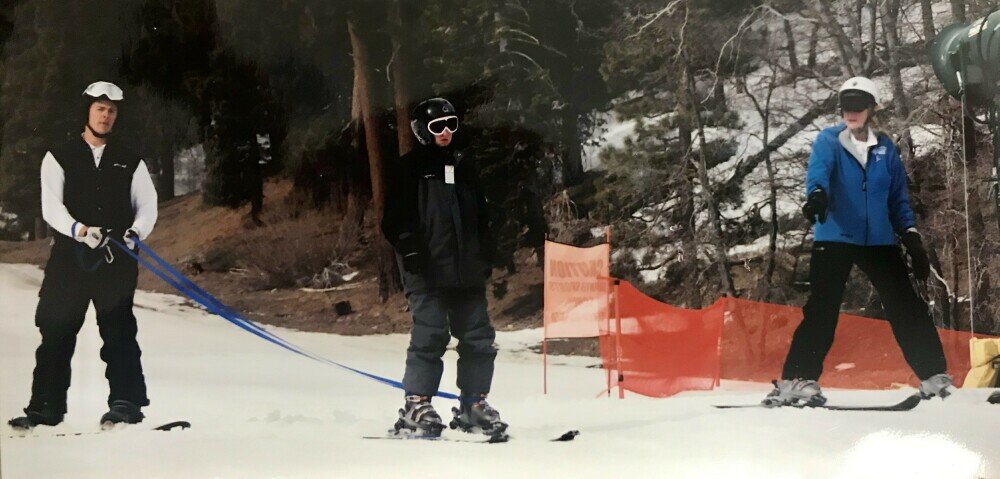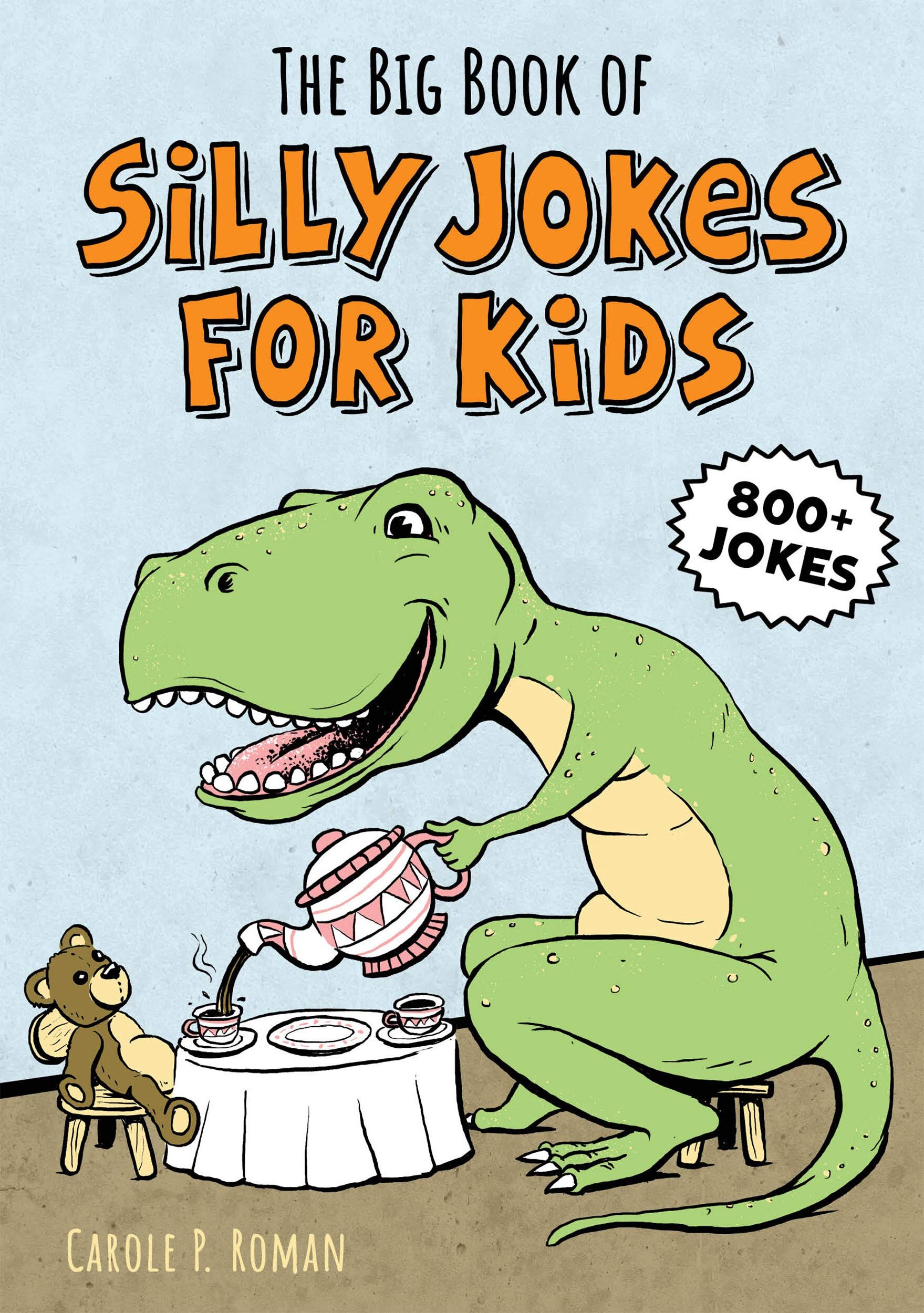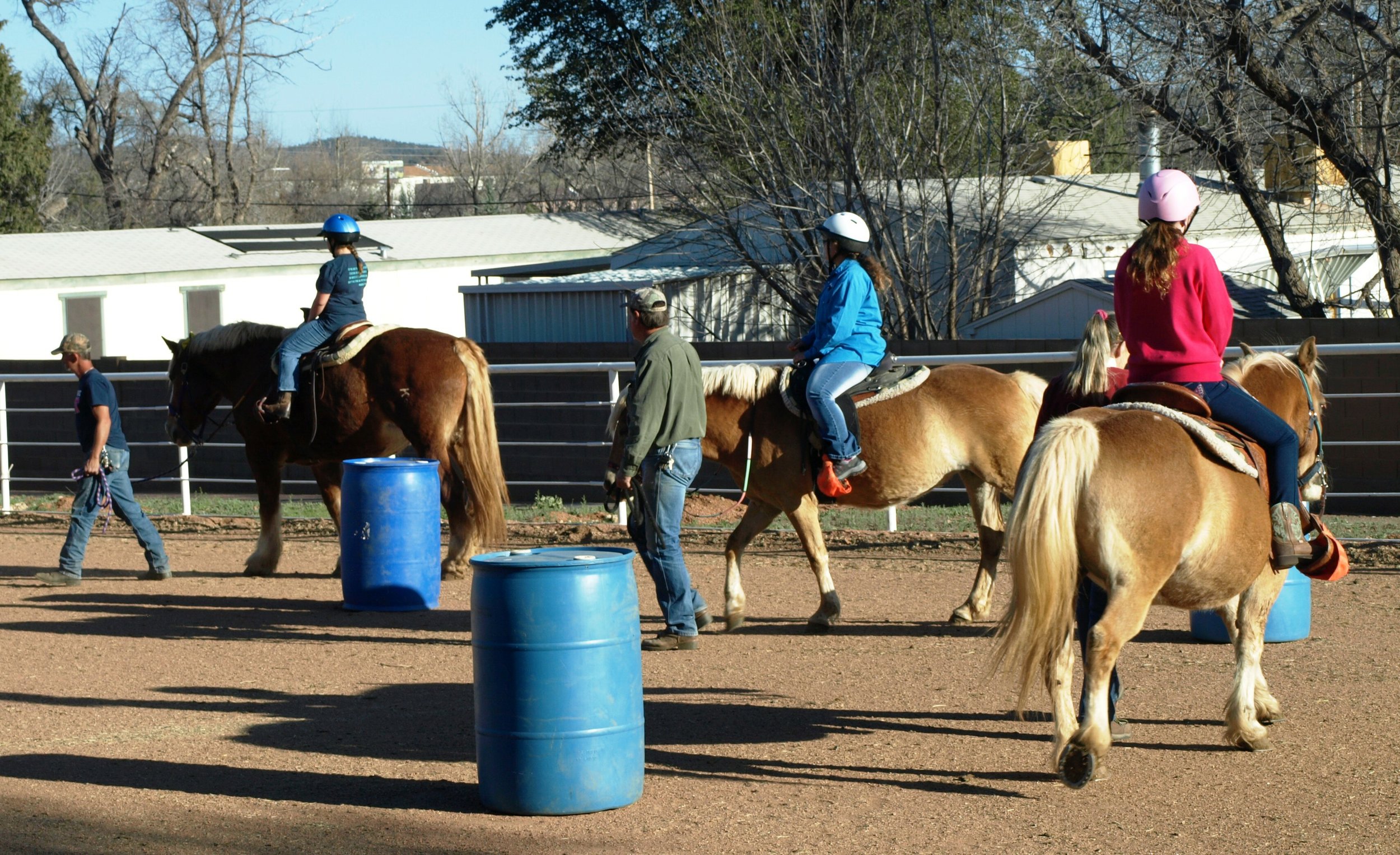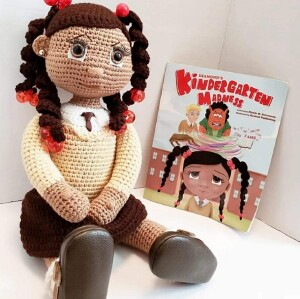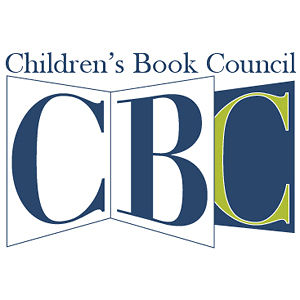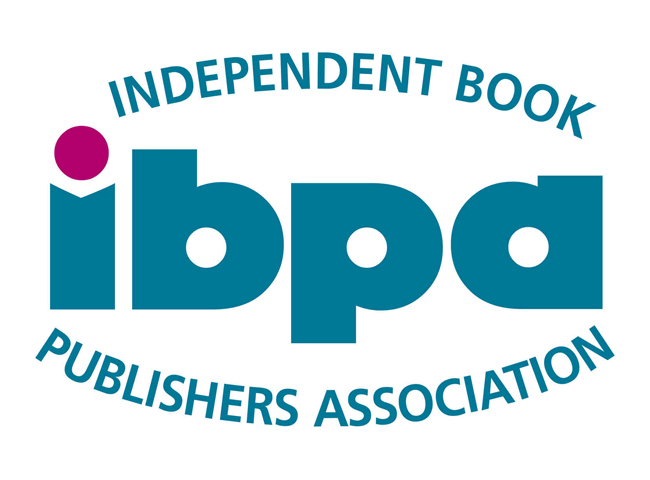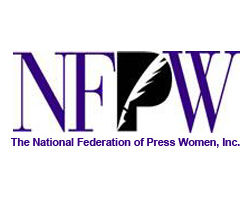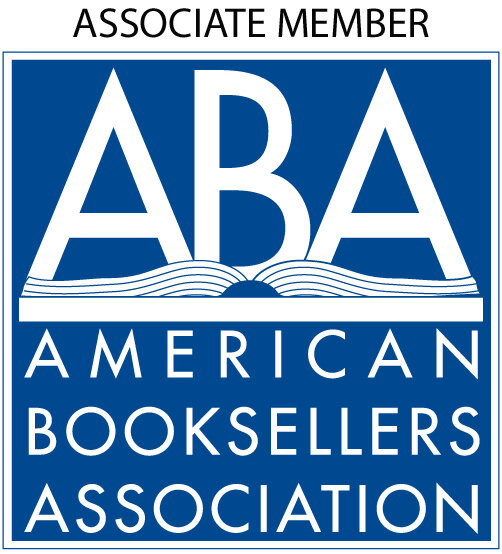SCBWI Join Forces with Local Nonprofits to Give Books to Readers in Need
/by Patricia J. Murphy
Members of the Society of Children’s Book Writers and Illustrators joined forces once again as part of the organization’s 3rd Annual SCBWI Books For Readers book drive and literacy event to collect, curate, and donate new books created by its members to its two 2019 recipients: the Madison Reading Project in Madison, WI. And REACH, Inc in Norfolk, VA.
The SCBWI Books for Readers literacy initiative grew from the organization’s desire to create an opportunity for its members to make an important impact in the lives of readers, to increase book access to local communities nationwide and internationally, to expand its literacy advocacy, and to support the work of the many grassroots organizations working to improve literacy.
“We know that there are many book deserts in which underserved communities have as few as one book per 300 children. Our hope is to change these numbers and make high-quality books available to all children,” said Lin Oliver, Executive Director of SCBWI. “Our talented members create books of hope, and they’re committed to bringing this hope to readers—especially to those in great need. Our SCBWI BFR literacy initiative continues to advance our organization’s mission as children’s book creators and literacy advocates to build hopes and dreams.”
This year’s hope-filled recipients, chosen from over 300 nominations, received donations of nearly a thousand of SCBWI members’ books each, plus a literacy celebration given in their honor.
Both of this year’s 2019 recipients and couldn’t wait to get these books into their readers hands and invite them to partake in the event’s literacy activities.
“When we got the call, I couldn’t believe that SCBWI was recognizing our small organization in the middle of Wisconsin,” said Rowan Childs, founder and executive director of Madison Reading Project, “Everyone is thrilled and honored to be part of this recognition—the staff, board, volunteers, and kids! It’s a tribute to what we are doing, and to the kids we serve. We are wowed that the authors and illustrators who created these books are supporting what we are doing, and helping to get their books into these kids’ hands. It’s also an intrinsic pat on the back—a belief in what we are doing to increase literacy rates, and will encourage all of us to do more!”
REACH’s executive director, Dr. Jennifer Goff couldn’t agree more. “We are thrilled to be partnering with SCBWI as one of the recipients chosen, and humbled by the recognition for what we are working so hard to do: to end illiteracy!” said Goff.
But, it was only the beginning. In addition to the donation of the carefully curated library of books, each recipient received a highly-anticipated literacy celebration with a star-studded line-up of local SCBWI authors and illustrators, five celebration stations including interactive storytimes, art demonstrations, book-plate making, photo memory sharing, and refreshments. But, the absolute high point at each of the events was the moment when all children in attendance received a book of their own to take home.
“The books that were donated to us are unlike any others that our children have received before,” Dr. Goff enthusiastically added, “because they’re donated by the very people who created them. These books will allow our children to see worlds outside their communities, to offer them experiences they’ve never had, and to see what can be—and what they can achieve. Like that famous quotation says, ‘A reader lives a thousand lives—a non-reader only one!’ These books will give our kids a thousand lives, and then some!”
Childs says that books and the event will have lasting effects on her readers and her organization. “Our kids loved the party, but this was a special one that they will remember for a long time. A party where they were able to meet real, live authors and illustrators, enjoy literacy stations, and of course, take home a free book of their choosing, and we were able to give our 100,000th book to a child!”
Oliver and SCBWI couldn’t be happier to have partnered with both of the Madison Reading Project and REACH.
"These organizations were nominated because of the good work they are doing at a grassroots level. It’s time that worthy organizations supported by dedicated volunteers, receive the recognition and support they deserve. It is these people--lending their helping hands and hearts, that bring hope to our children and our country. We cannot wait until next year to find two more worthy recipients--and keep giving books, building dreams, and changing lives.”
For more information about SCBWI and SCBWI Books for readers, visit scbwi.org.




